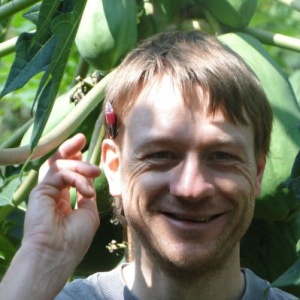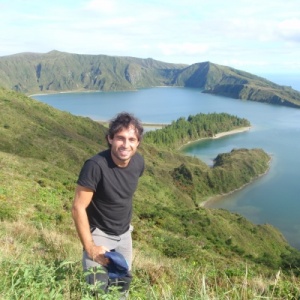Patiño, J., Gómez-Rodriguez, C., Pupo-Correia, A., Sequeira, M. & Vanderpoorten, A. (2018) Trees as habitat islands: temporal variation in alpha and beta diversity in epiphytic laurel forest bryophyte communitiest.
Journal of Biogeography,
8, 1727-1738. DOI:10.1111/jbi.13359 (IF2018 3,884; Q1 Ecology)
Aim
Trees represent striking examples of habitat islands, with various degrees of spatial isolation and evolving properties during their life cycle. Here, we investigate whether changes in habitat conditions, dispersal limitations or competition cause variation in patterns of epiphytic species richness and turnover.
Methods
Using linear mixed effect models, we test whether species richness exhibits a monotonic or hump‐shaped relationship with time. Two groups of host‐tree species, late‐ and early‐successional, were considered. We further identify the mechanisms explaining the observed variation in species composition by dividing beta diversity into its nestedness (βsne) and turnover (βsim) components and correlating them with tree age and geographical distance among trees.
Results
The best‐fit models all included tree age (T), but its quadratic term (T2) and tree height (H, here a surrogate of area) were not systematically included. βsim, but not βsne, correlated with host‐tree age, and both βsim and βsne correlated with geographical distance.
Main conclusions
Tree age was consistently included in all of the best‐fit models, reflecting the progressive increase in epiphyte bryophyte species richness through time. The limited contribution of T2 and H to the best models suggests that competition for space is not a key factor on mature trees. The correlation of βsim, but not βsne, with host‐tree age, and of βsim and βsne with distance among trees, suggests that variation in species composition is caused by (1) temporal community shifts due to allogenic drivers and (2) dispersal limitations, which are reflected by the higher similarity of the epiphyte communities on clustered trees rather than by an increasing probability of colonization with tree age. Since actual ancient laurel forests may no longer exist in Madeira, the conservation of clusters of late‐successional trees, enhancing connectivity at small spatial scales, is of utmost importance for the conservation and recovery of the unique laurel forest epiphytic flora.


